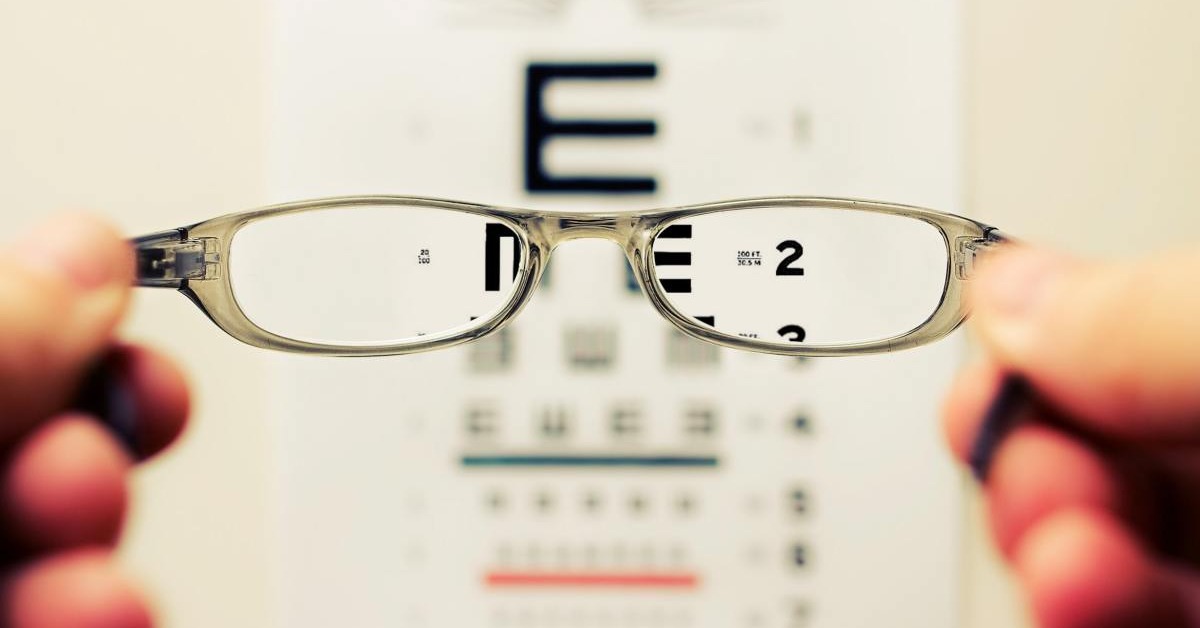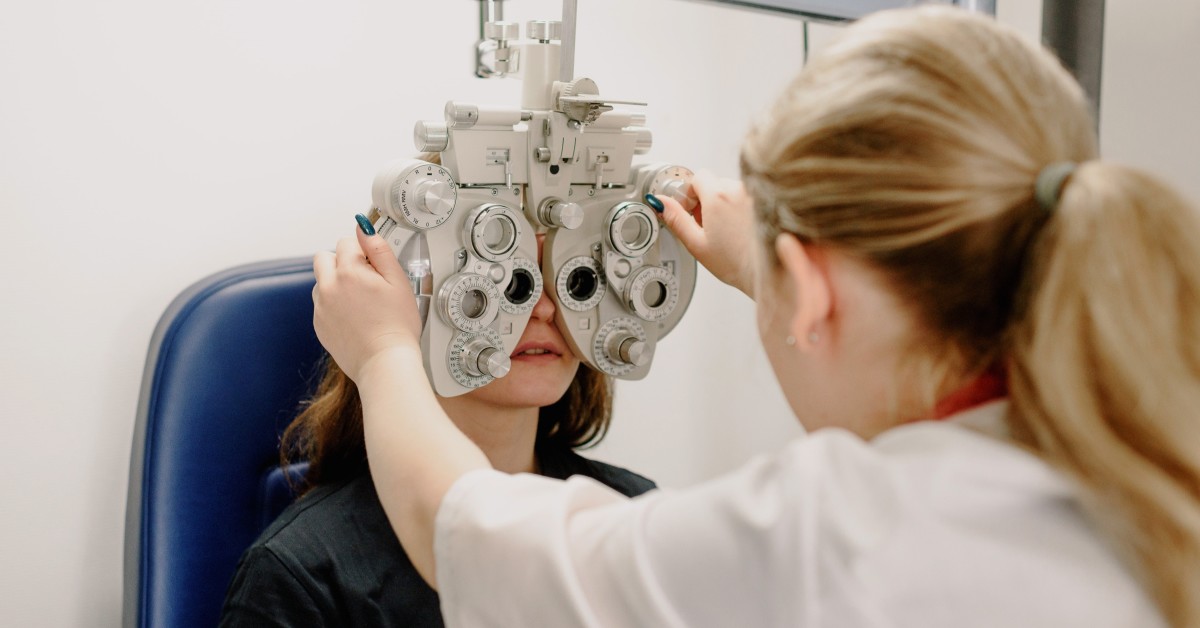
Why Become a Sports Vision Optometrist?
Sports vision optometrists work with patients at all levels, including [...]

While only about one in four Doctor of Optometry graduates currently takes advantage of residencies, the number has risen in recent years as both students and employers discover their value. These year-long clinical training programs give graduates a glimpse of everyday life in an optometric practice while also allowing them to build skills in specialty discipline areas. With more than 430 residency positions available at any given time, graduates can find a posting that aligns with their interests and desired career path.
Thinking about pursuing an optometry residency? This article covers a number of topics related to optometry residency options, including:
Becoming an optometrist requires at least seven years of postsecondary study, completing an optional year-long residency, passing required examinations, and seeking licensure based on state-level requirements. Those who succeed know first-hand the importance of committing to the plan and sticking with it, even during overnight study sessions and times when it feels overwhelming. The reward for sticking it out is getting to help patients see the world more clearly, enhance their learning potential, overcome mental health challenges, and understand the importance of their vision health.
Earning a Doctor of Optometry (OD) degree requires four years of full-time study; students must first complete undergraduate coursework before receiving admission to a doctorate. While the majority of learners first complete a bachelor’s degree in physical sciences, biology, or a similar medical-focused discipline, some OD programs offer early admission for degree-seekers who complete at least 90 undergraduate credits and all prerequisites. In these instances, students skip the final year of their bachelor’s degree and move straight into doctoral studies.
Admission requirements for optometry doctorate programs vary from school to school; some departments still require Optometry Admission Test (OAT) or Graduate Record Examination (GRE) scores, while others made this step optional in recent years. GPA requirements can also vary substantially: the University of California at Berkley requires a 3.0 or higher, while Indiana University looks for candidates with 3.6 or higher GPAs.
All 23 Doctor of Optometry programs in the US currently use the OptomCAS system, which allows learners to submit one centralized application to multiple schools. Applicants must create an OptomCAS profile and upload copies of transcripts from all schools previously attended, OAT/GRE scores, a personal essay, and letters of recommendation. Users can also upload any supplemental information required by schools. These applications can be sent to multiple schools; candidates must send processing fees directly to the individual college or university.
Doctor of Optometry programs combine clinical and classroom education to create a well-rounded curriculum. While the first two years focus on building knowledge and competencies largely through classroom work and laboratories, the final two years provide the opportunity to work directly with patients through clinical experiences and externships. The externships in particular allow students to rotate through several different areas of the discipline and better identify where they want to focus their residency.
Graduates of OD programs can select from myriad accredited and unaccredited optometry residency programs based on their eye care interests. The Accreditation Council on Optometric Education (ACOE) currently accredits nearly 280 optometric residency programs offering nearly 500 positions. Residencies provide the opportunity to specialize in numerous areas, including primary care, pediatric, family practice, cornea and contact lenses, ocular diseases, refractive and ocular surgery, neuro-optometry, vision rehabilitation, low vision rehabilitation, and vision therapy.
The Association of Schools and Colleges of Optometry (ASCO) provides a searchable database to help students and recent graduates find advanced clinical training opportunities and an optometry residency match (ORMatch).
Residency programs provide the opportunity for postdoctoral students to gain advanced competency. Students typically spend one year providing vision care under the supervision of a licensed optometrist.
Residencies can also improve graduates’ chances of employment. While not all employers require candidates to complete residencies, some do. In addition to many optometry departments within academia requiring residency training, this is also an expectation for those working at Veterans Affairs.
According to the Association of Schools and Colleges of Optometry (ASCO), these professional development programs typically start the first day of July and end on the last day of June, providing a 12-month experience. Many programs provide stipends to help cover living expenses, though actual funding amounts vary based on how much a given institution provides for these programs. Some residencies are unpaid but still provide the opportunity for advanced training to those who want the residency experience.
Because residency hosts base the content and emphasis on their specialty area, graduates can choose from a wide range of experiences. It’s important to review each residency carefully to find one that most closely aligns with interests.
Optometry residencies come in many different specialty areas. Graduates looking for a more generalist education typically choose residencies in family practice, community health, or primary care optometry. Those looking to specialize their services to a specific population may pursue a pediatric, geriatric, vision rehabilitation, or brain injury rehabilitation residency.
Others may decide they want to focus on specific ophthalmic issues and take up residencies in ocular diseases, anterior segment, glaucoma, retina, or refractive and ocular surgery. With so many options available at various health care and eye centers, candidates should try to speak with the director of residency or the program supervisor to get a clear sense of what they can expect.
As you’ve no doubt ascertained throughout this guide, optometry residencies provide multiple benefits. Whether looking to break into a role where residencies constitute part of required education or wanting to build additional knowledge in a specialty or subspecialty, these experiences offer all this and more.
Given that some optometry residencies provide stipends, they also offer an additional 12 months to consider next career steps so that you can make a confident and informed decision. Residencies can be competitive, so they also signal to future employees your dedication to the discipline and how other optometry practices view your skills and potential.
No matter where you live or plan to practice, every state in the US requires optometrists to hold active and unencumbered licenses. To earn a license, applicants must hold an OD from an accredited program and pass the multi-part examination offered via the National Board of Examiners in Optometry (NBEO). Some states also require additional legal and/or clinical exams as part of the process. After earning a license, optometrists must complete a set number of continuing education hours and renew their licenses according to their state’s mandates.
While no Doctor of Optometry programs currently exist fully online, the New England College of Optometry (NECO) is currently working towards becoming the first institution in the nation to offer a hybrid program. Given that all OD programs require a clinical component, NECO is building a network of clinical education sites outside the school’s region to make the program accessible to a wider group of students. Administrators are currently in the accreditation phase but hope to welcome the first cohort of learners for the fall 2023 term.
.
Questions or feedback? Email editor@noodle.com

Sports vision optometrists work with patients at all levels, including [...]

Future health professionals considering the field of eyecare may well [...]

American students can choose from among 24 accredited Doctor of [...]

Forensic optometrists employ optometric science to assist the police in [...]

Optometrists conduct eye exams that detect not only myopia, glaucoma, [...]
Categorized as: Optometry, Nursing & Healthcare